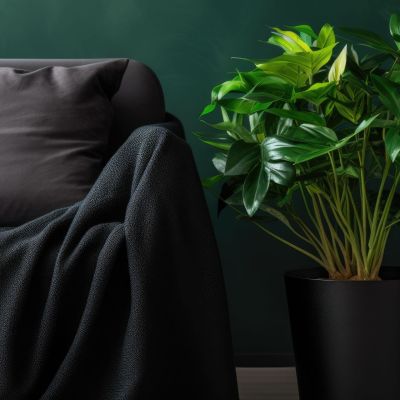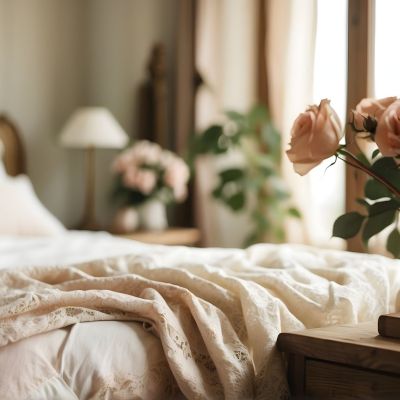Maximizing Style: Minimalist Design Hacks for Cozy Spaces
Minimalist interior design is all about simplicity, functionality, and creating spaces that promote calm and mindfulness. By stripping away unnecessary decorative elements, minimalist design focuses on what truly matters—making the most of space, enhancing natural beauty, and creating a serene environment. With its clean lines, restrained color palettes, and thoughtful use of materials, minimalist design ensures that every piece in a room serves a purpose, ultimately allowing you to feel at peace and organized in your home.
When it comes to small spaces, applying minimalist principles is essential. Here’s why:
Optimizing Functionality
In small spaces, every inch counts. Minimalism prioritizes functionality, turning limited space into a highly efficient and organized layout. Thoughtful design choices make even the smallest spaces feel more open and usable, helping you maximize every corner.
Enhancing Natural Beauty
Small rooms can easily feel cluttered and overwhelming, but minimalist design helps preserve the natural beauty of a space. By keeping the design simple and tidy, the room allows the materials and architectural features to shine. This creates a serene atmosphere, promoting relaxation and a sense of calm.
Cost-Saving Benefits
Minimalist design also offers cost-saving advantages. The use of natural light and open layouts reduces energy needs, which can lower utility bills. Plus, by focusing on timeless, functional designs, minimalist spaces often require fewer but higher-quality items that stand the test of time, saving money in the long run.
In short, minimalism is a game-changer when designing small spaces, making them functional, comfortable, and aesthetically pleasing.
Key Elements of Minimalist Design for Small Spaces
Here are some fundamental elements of minimalist interior design that are especially important for small spaces:
Simplicity
Minimalist design is rooted in simplicity. It’s about eliminating unnecessary items and focusing on the essentials. This approach helps maximize space and creates an airy, inviting atmosphere in even the smallest of rooms.
Functionality
In tiny spaces, every piece of furniture must serve a clear function. Whether it’s for storage, comfort, or entertainment, multi-functional furniture pieces are ideal. These choices help you optimize space without sacrificing style.
Lighting
Natural light is one of the most powerful tools for making small spaces feel bigger and brighter. Maximizing natural light, where possible, is key. Additionally, minimalist design often favors clean, simple lighting fixtures that contribute to a modern, uncluttered look.
Color
A minimalist color palette is essential, especially in small rooms. Light, neutral shades create the illusion of more space, while dark or bright colors can make a room feel cramped. Neutral tones, such as whites, grays, and beige, enhance the sense of openness, while pops of subtle color can be added to inject personality.
By combining these elements, you can create a beautiful, functional, and visually appealing room—even in a limited space.
Creative Minimalist Design Ideas for Small Spaces
- Wall-mounted shelves and furniture: Maximize storage without taking up floor space.
- Sliding doors and hidden storage: Keep the area looking clean and organized, while providing ample storage.
- Hybrid furniture pieces: Use multi-functional furniture that serves several purposes in one.
- Vertical gardening: Incorporate space-saving indoor plants to add color and life to your space without taking up valuable floor space.
In conclusion, minimalist design is the perfect solution for small spaces. It’s all about simplicity, functionality, and maximizing every inch of available space. With minimalist design, you can reduce clutter, create a timeless aesthetic, and make the most of the space you have—making small spaces feel open, serene, and incredibly stylish.




